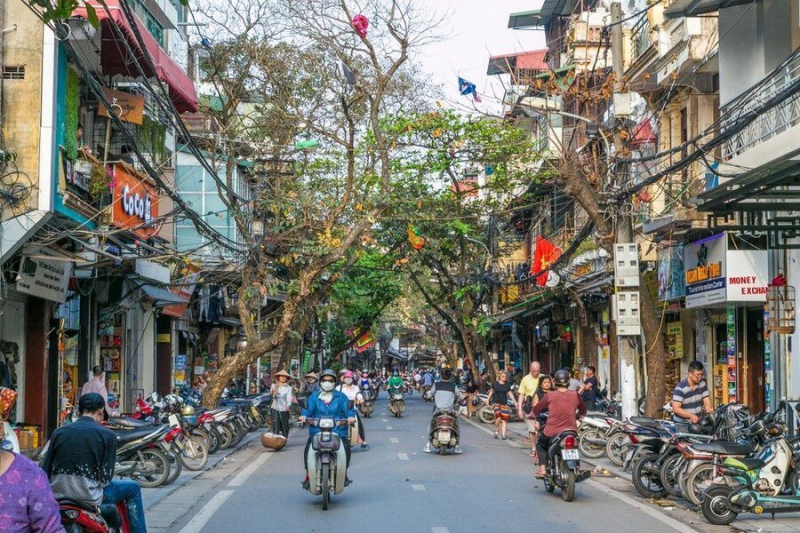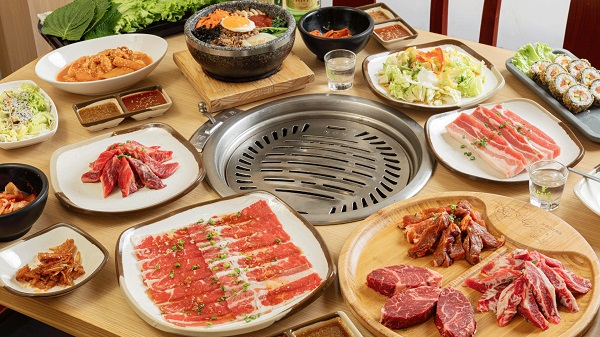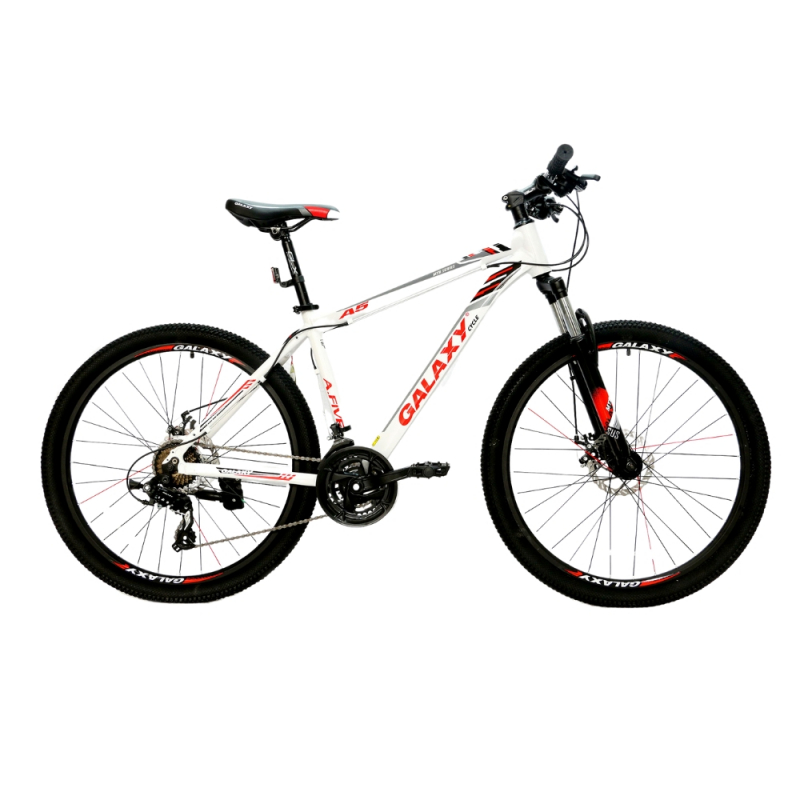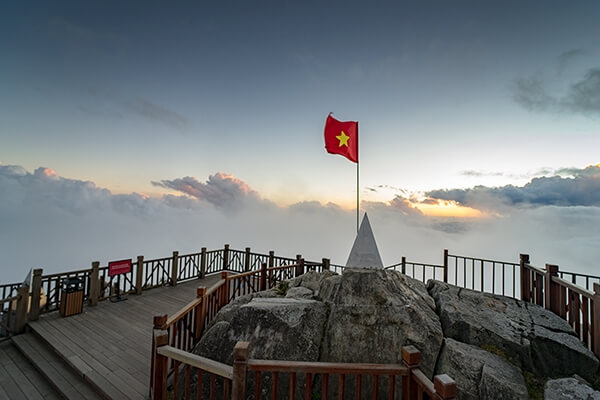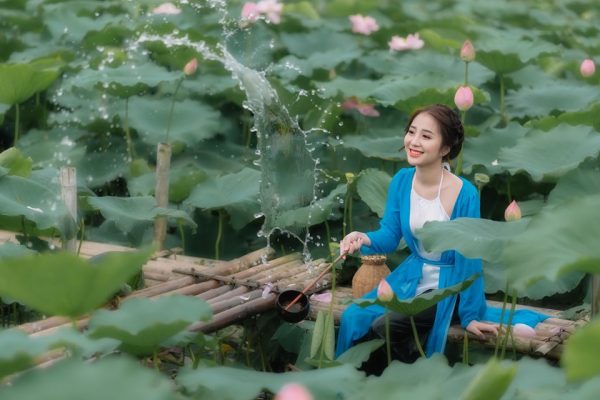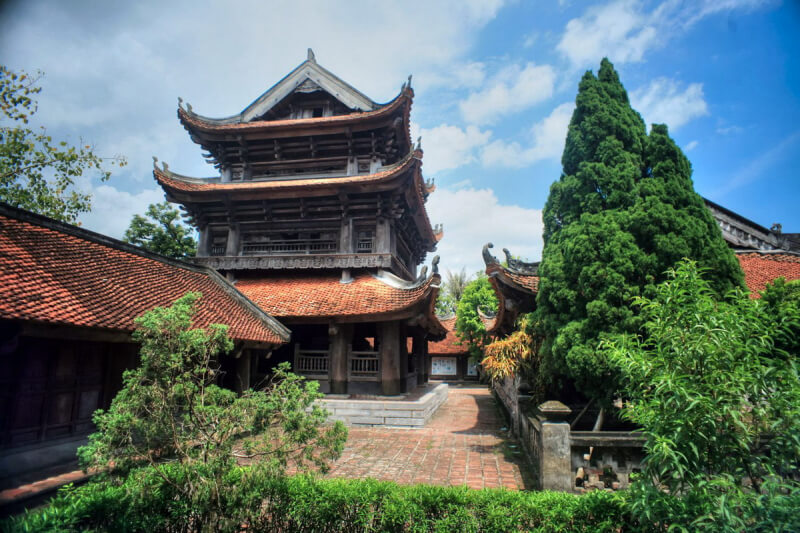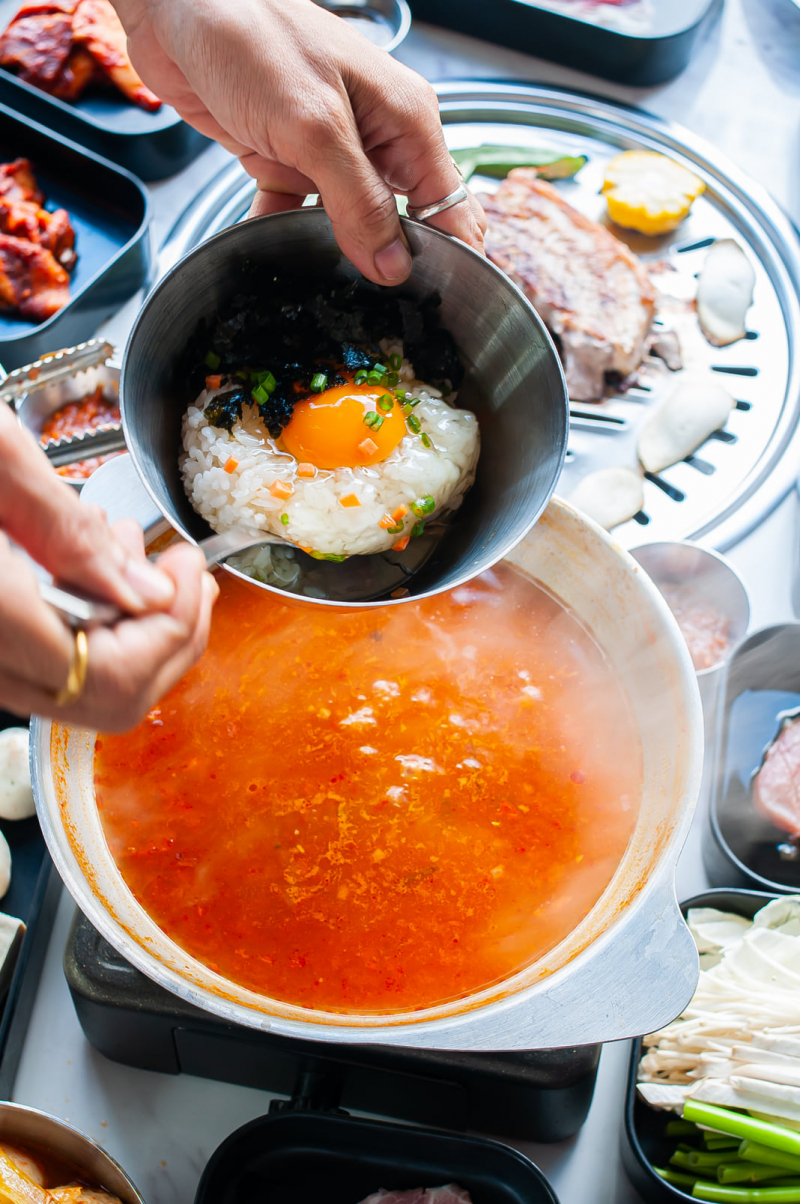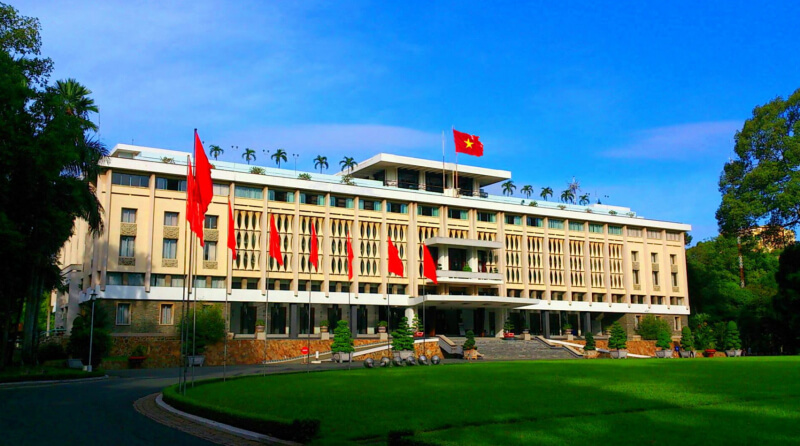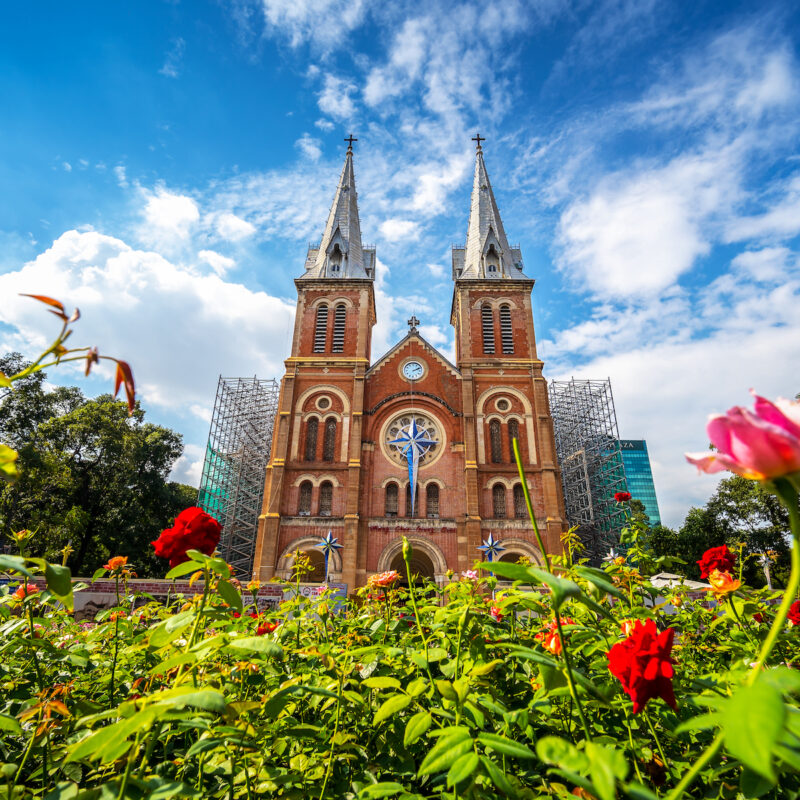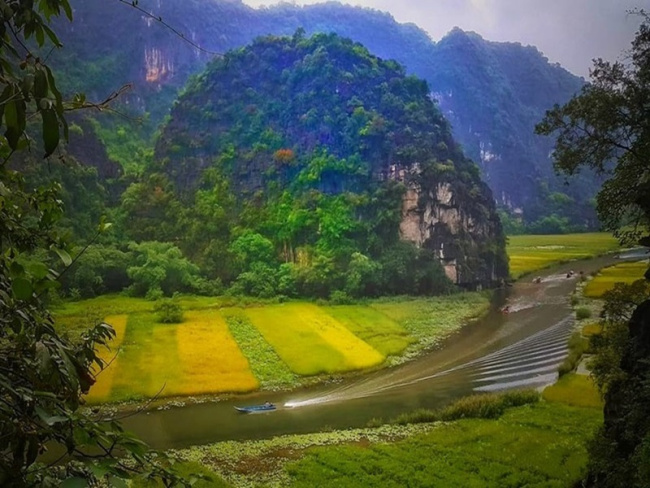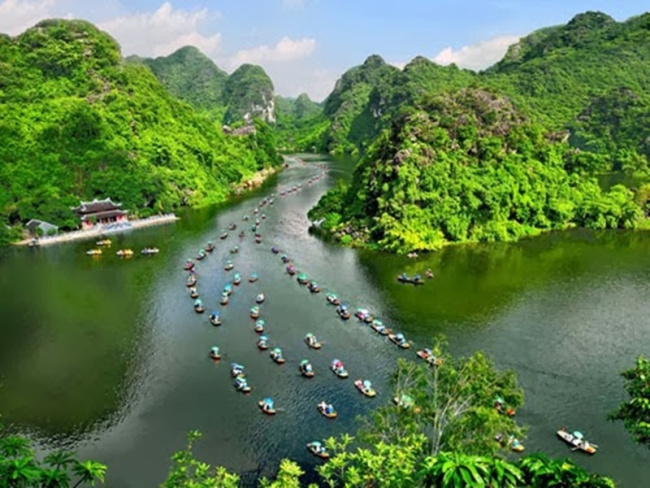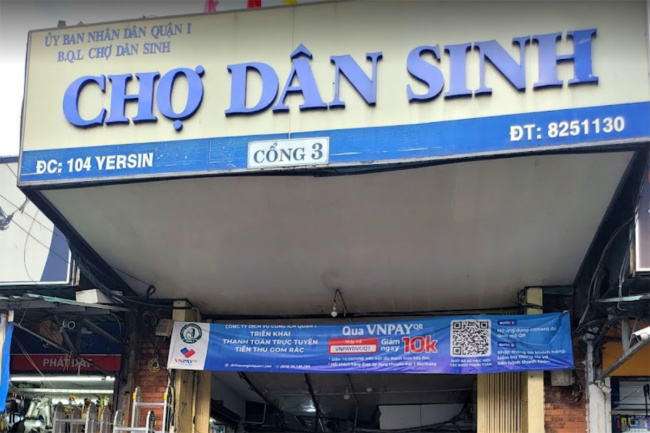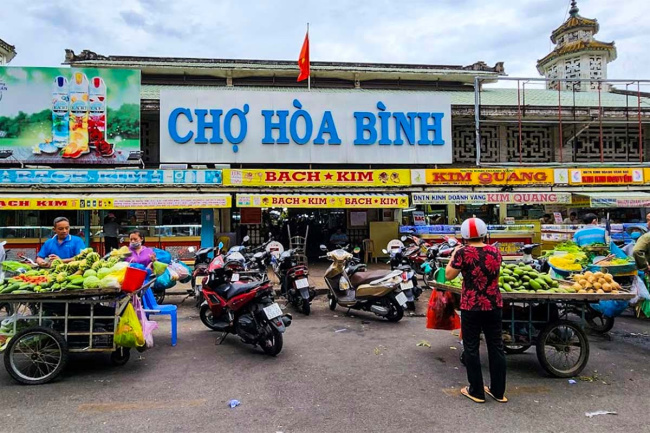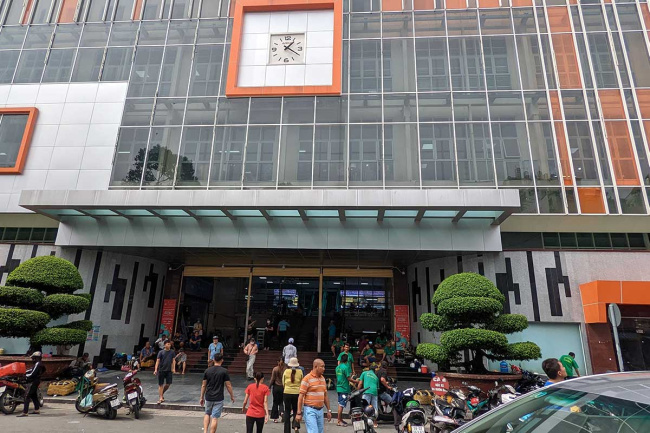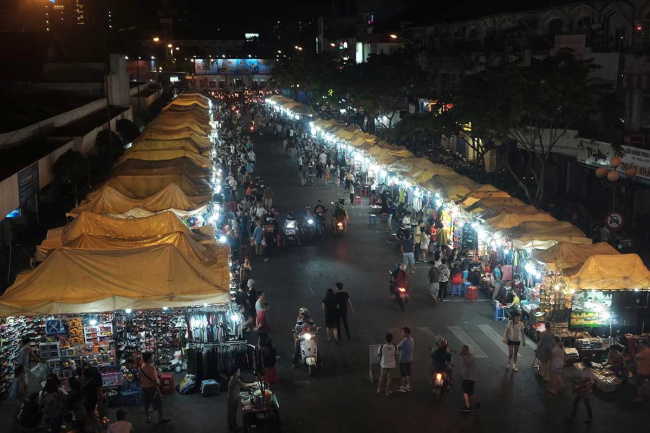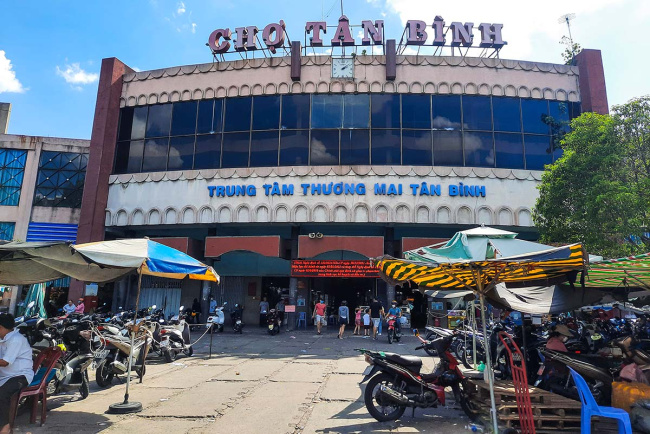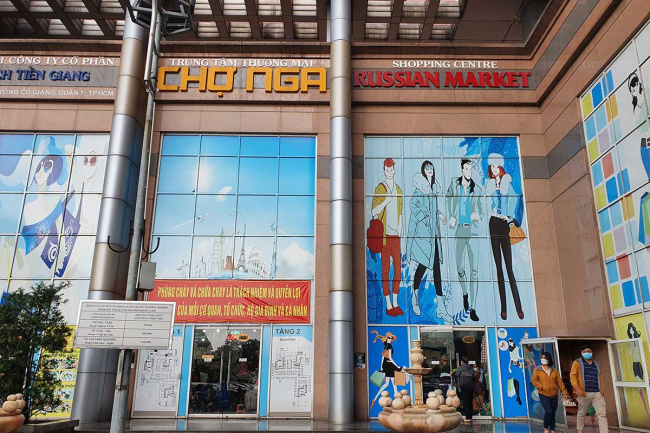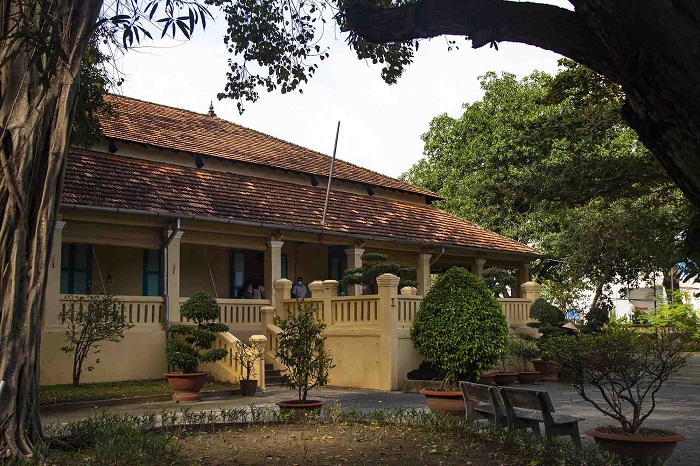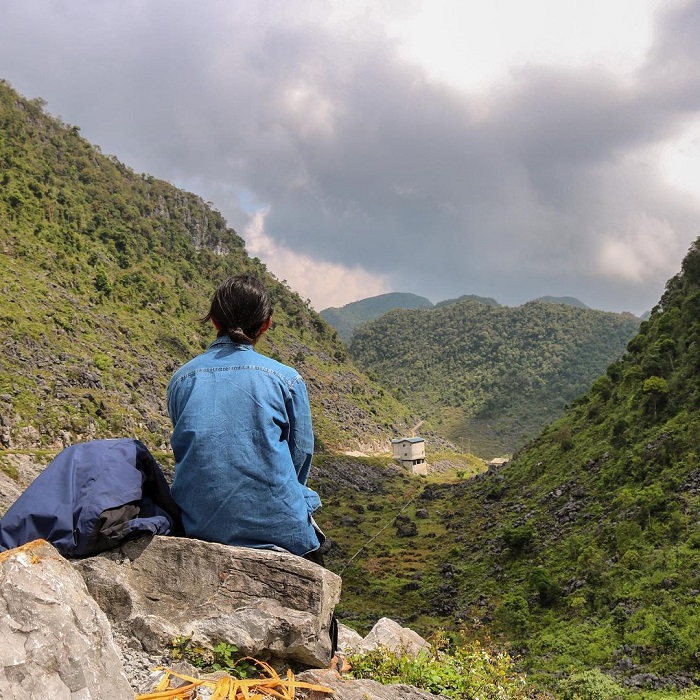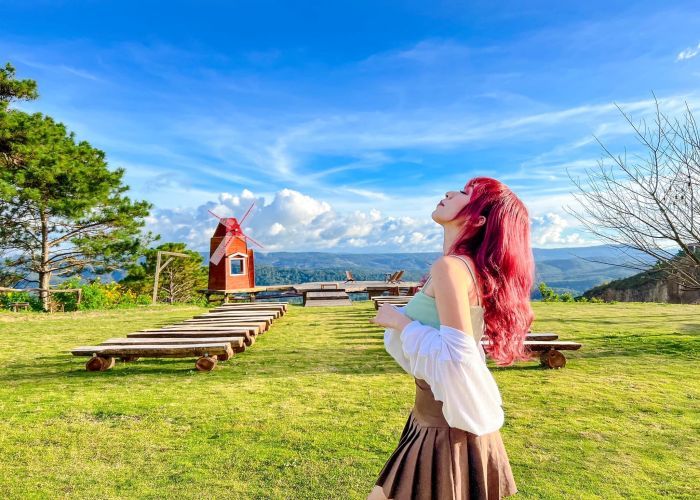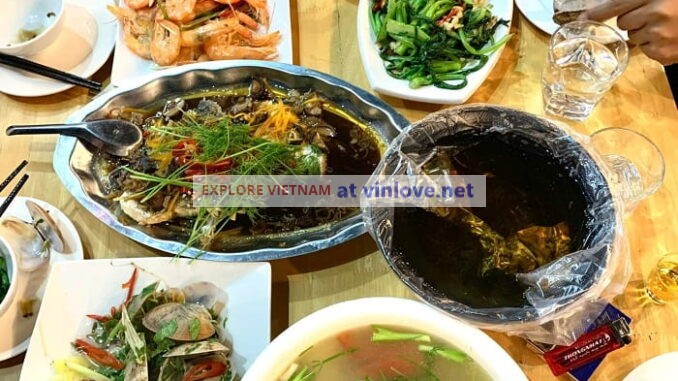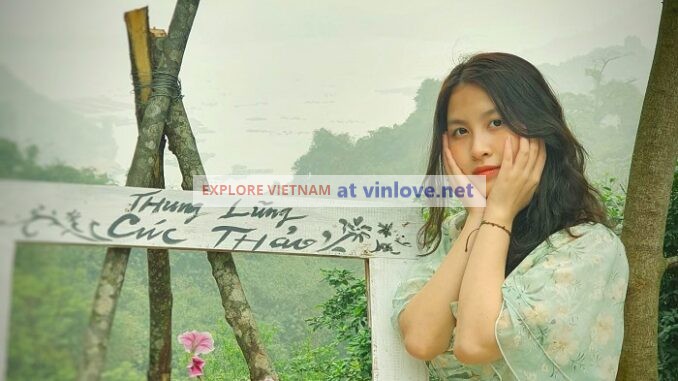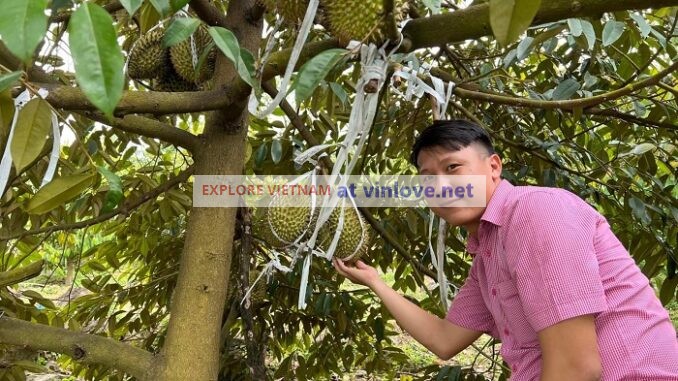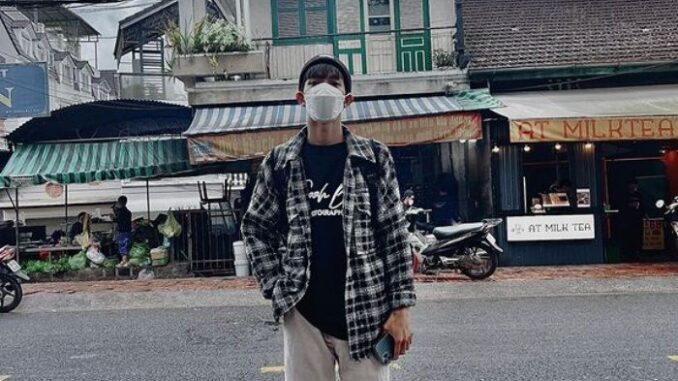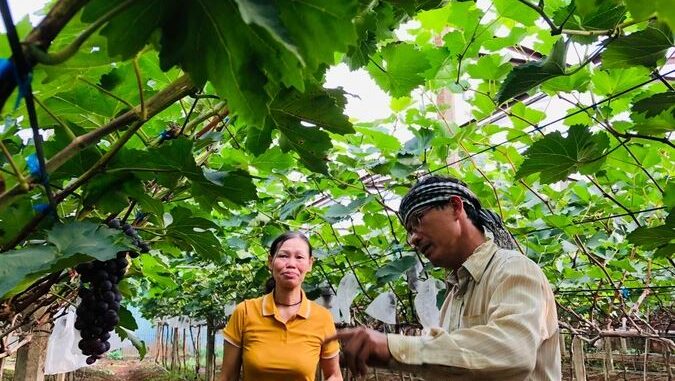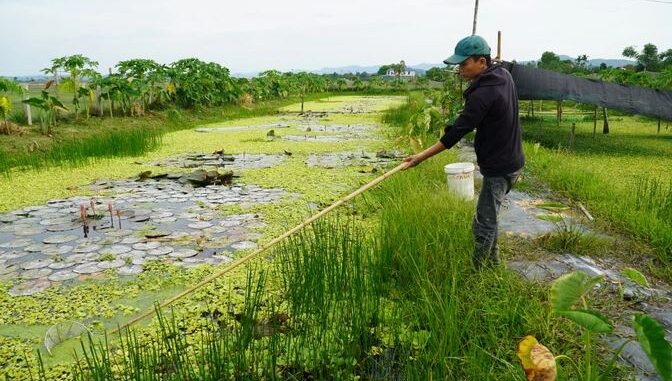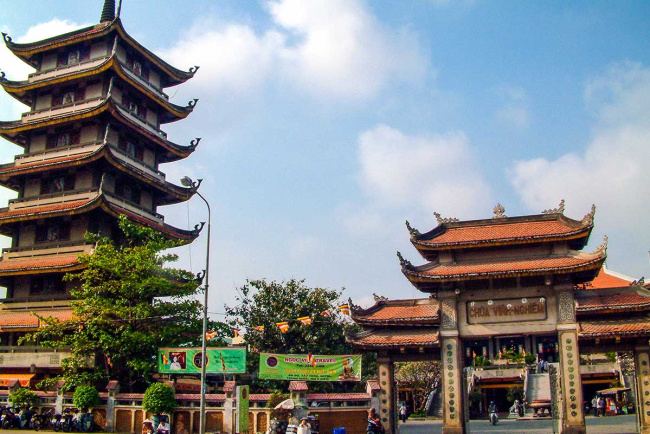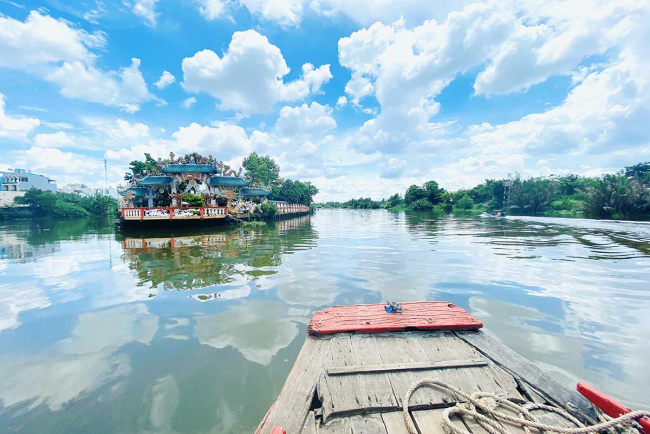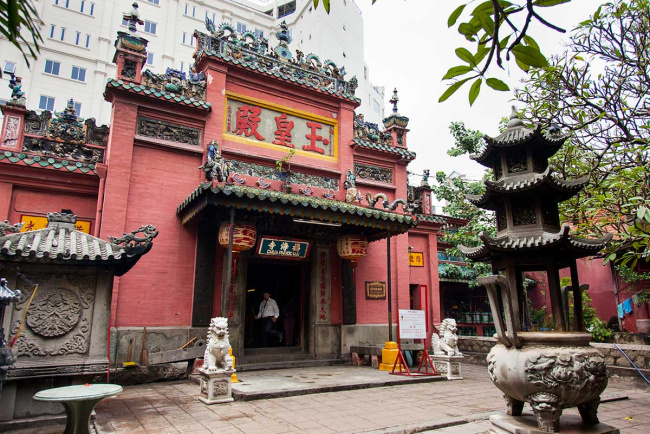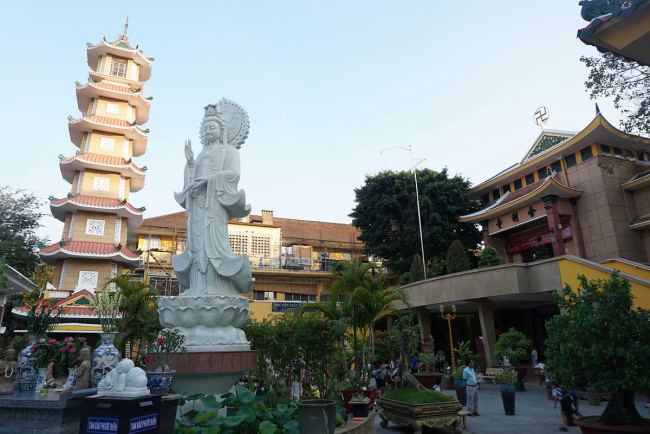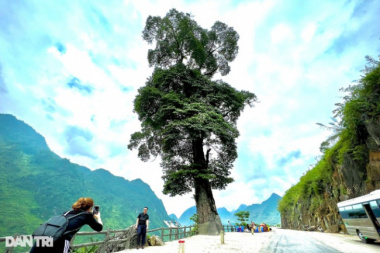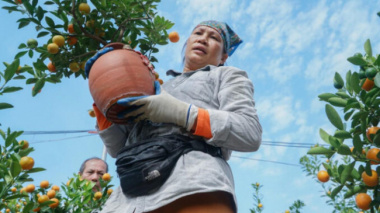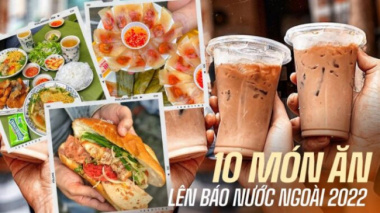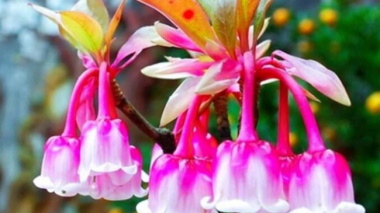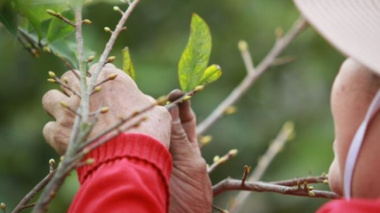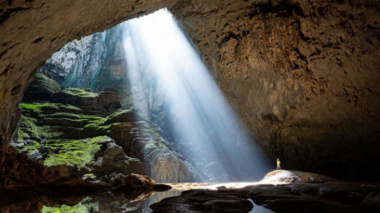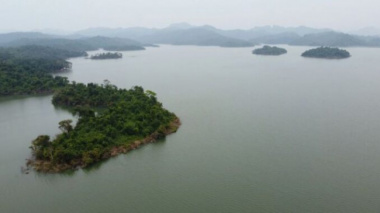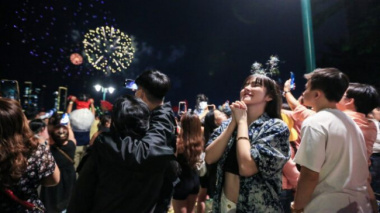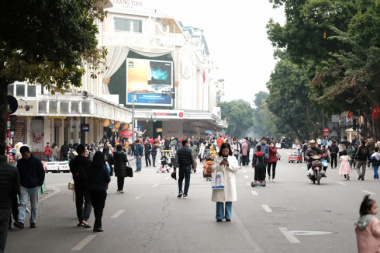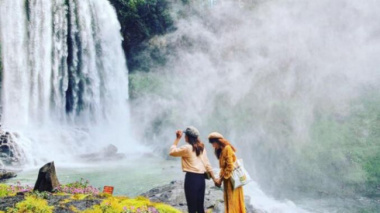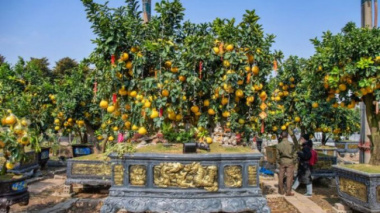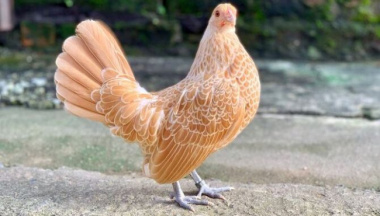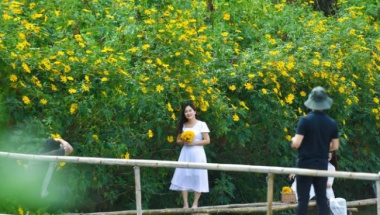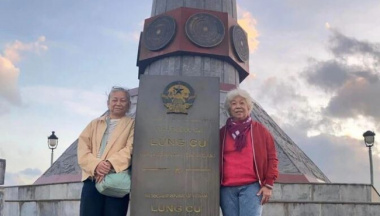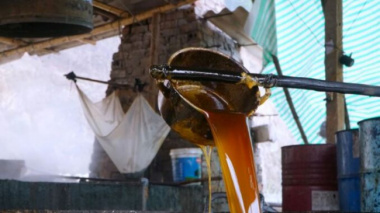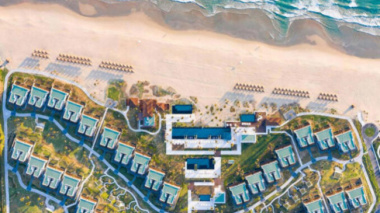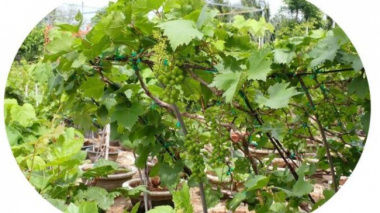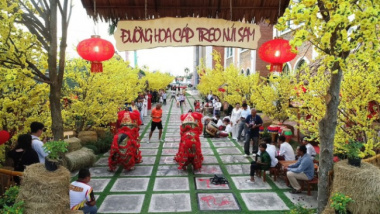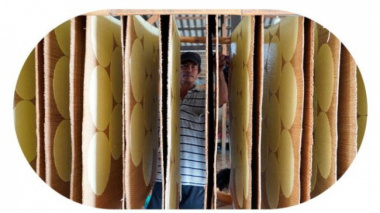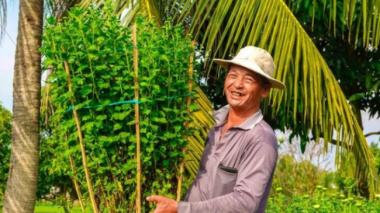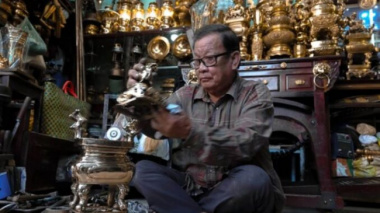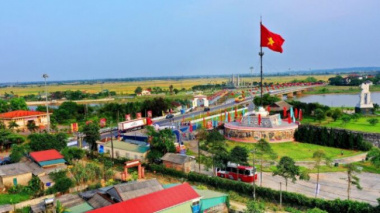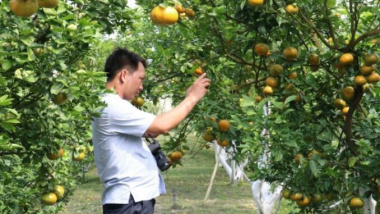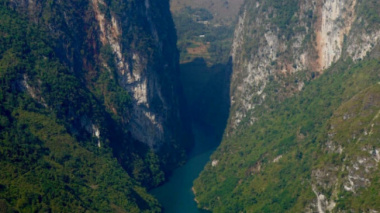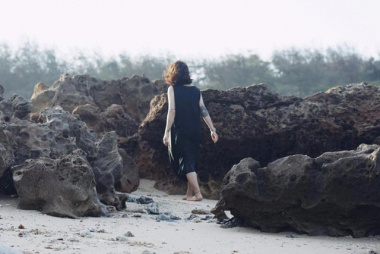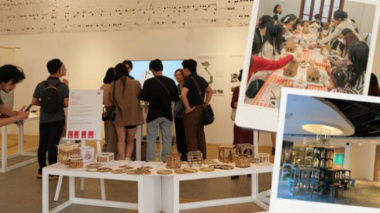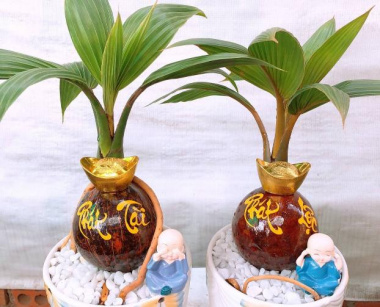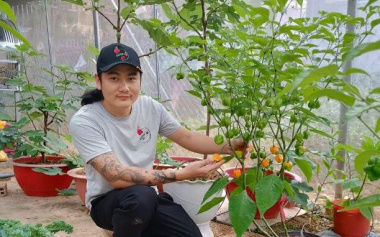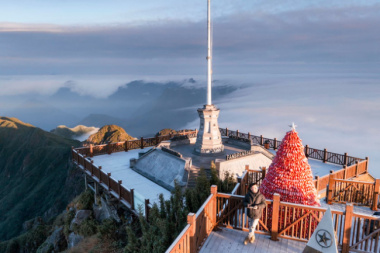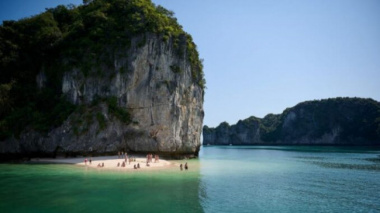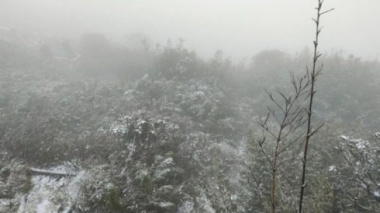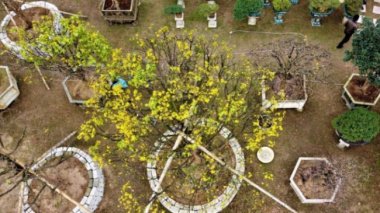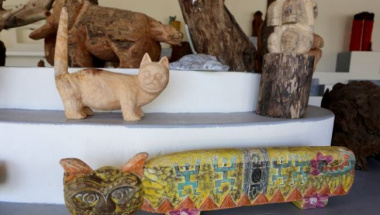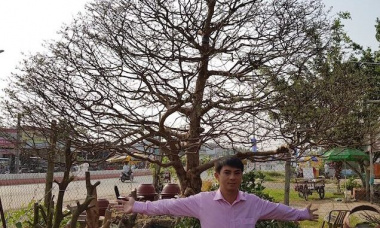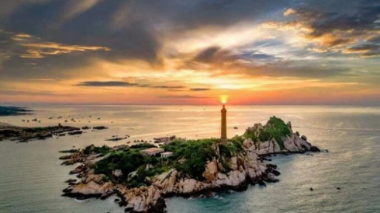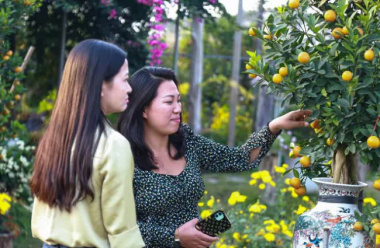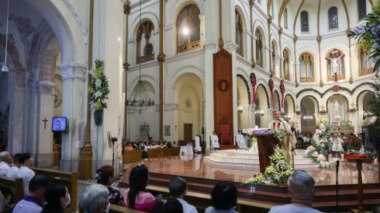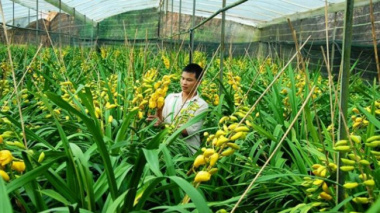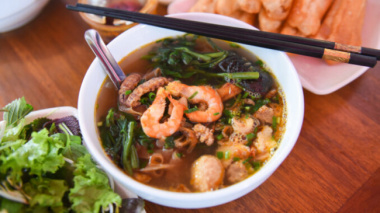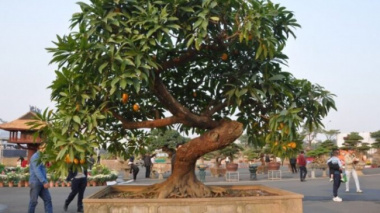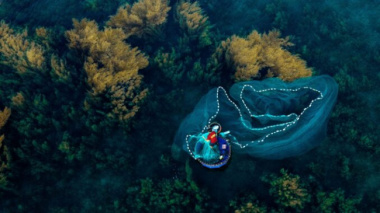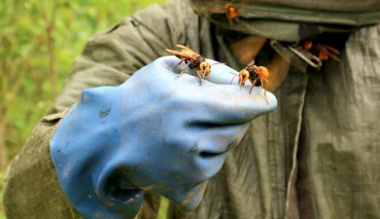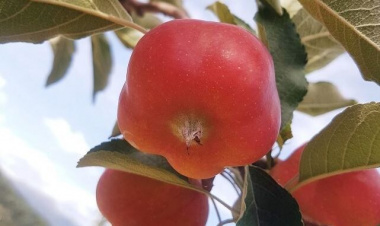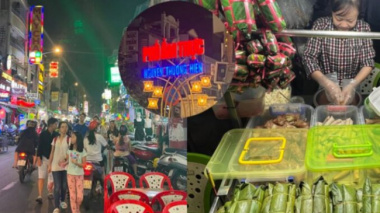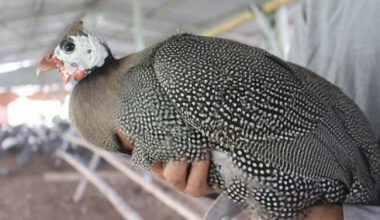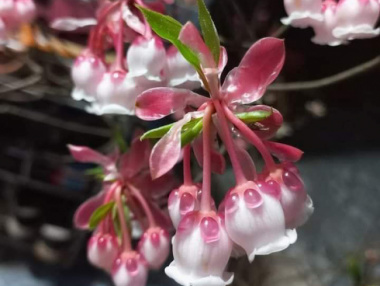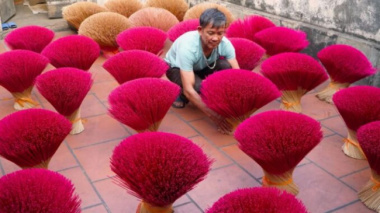Mekong River Delta – Southern Vietnam
- Rice Bowl of Vietnam
- Popular Destinations
- My Tho
- Rach Gia
- Phu Quoc Island
- Ben Tre
- Main Attractions
- Tram Chim National Park
- Cai Rang Floating Market
- Thoi Son Island
- Cai Be Floating Market
- Vinh Trang Pagoda
- Tra Su Mangrove Forest
- When to Visit
Fed by the mighty Mekong River and spread over the far southwestern tip of Vietnam, the Mekong Delta Region, also known as “Ðồng Bằng Sông Cửu Long” meaning the Nine Dragon River Delta or more simply “Ðồng Bằng Sông Mê”, is more than just a landscape: it’s a lifestyle.
Living amongst the Mekong’s many tributaries, locals have built their life on the water, creating floating houses and markets that rise and fall with the tides. Agriculture and aquaculture are dominant factors in the region’s economy, as more than 50% of the country’s rice, fruit, and fish are sourced from the Mekong Delta.
Tourism in the region is fueled by the desire to learn about the local culture and experience the area’s diverse natural habitats. Spanning multiple provinces and cities, the Mekong Delta Region has plenty of activities and attractions to keep you busy during your stay.
Rice Bowl of Vietnam

Boats on a canal in the Mekong Delta Region, Vietnam. Photo by: Matthew Stevens.
The world’s 12th longest river, the Mekong is sourced from the Tibetan Plateau in China and flows through Myanmar, Thailand, Laos, and Cambodia, before ending in Vietnam. Covering more than 40,500 sq km (15,600 sq mi) of Southwestern Vietnam, the Mekong Delta is divided by the river as it splits into a multitude of distributaries before flowing out to the sea.
A significant freshwater system for the country, the Mekong River ensures that the land is fertile. Additionally, its wet coastal habitats are incredibly biodiverse with scientists deeming it a “treasure trove” of more than 1,000 animal species.
History
Occupied throughout the centuries by the Khmer, Chinese, French, and Vietnamese, human civilizations in the Mekong Delta are estimated to have started in the 4th century BC. Evidence of the first inhabitants has been traced back to the Chinese kingdoms called Funan and Chenla.
In today’s world, archeological evidence of the Funan civilization can be seen at Oc Eo (Óc Eo) in Vietnam’s An Giang Province.
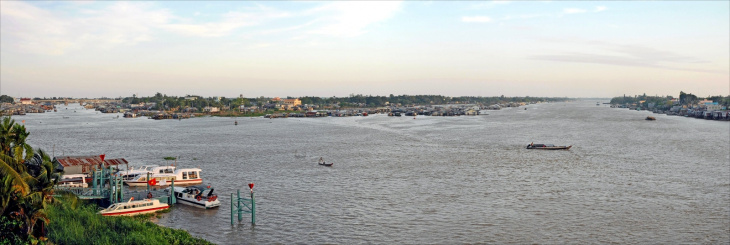
Panoramic view of the Mekong Delta Region in Southwestern Vietnam. Photo by: Jean-Pierre Dalbéra.
Vietnam’s control of the Mekong Delta’s southern portion didn’t begin until 1698 when the Nguyen (Nguyễn) Lords began to build structures and establish administrations. At the time, most of the region consisted of various smaller territories. In 1802, after the Tay Son (Tây Sơn) Wars, Nguyen Anh (Nguyễn Ánh) who was the founder of the Nguyen Dynasty, declared himself emperor.
Using the ruling name, Gia Long, the territories were unified to become one entity ruled by a single monarchy. About 50 years later, the French would arrive in Vietnam to establish their first colony. The Mekong Delta was strategically important to the French because they used the waterways for fighting, defense, and transportation.
Conflict in the Mekong Delta Region would continue throughout the 20th century with the Vietnam (American) War and attacks by the Khmer Rouge. Heavy fighting between North and South Vietnam occurred in the Mekong Delta as the Northern armies invaded and attacked the Southern forces.
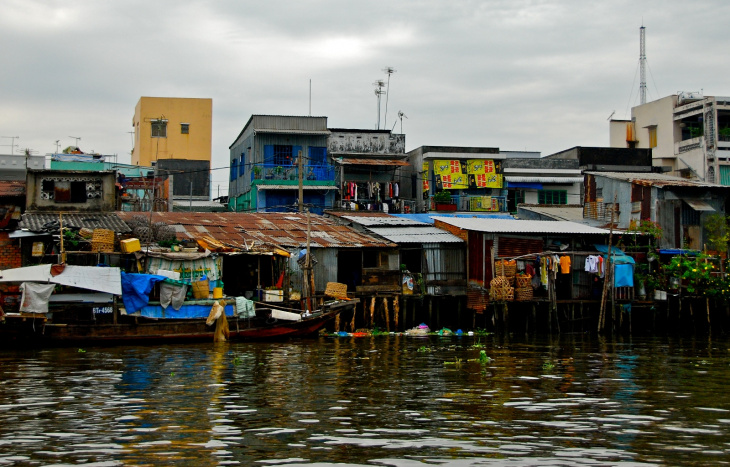
Traditional floating structures in the Mekong Delta Region, Vietnam. Photo by: Malingering.
Even after the end of the war, further conflicts would arise in the 1970s, when Cambodia’s Khmer Rouge regime attempted to invade and conquer Vietnam’s Mekong Delta Region. Vietnam was ultimately successful in its campaign, which led to the downfall of the Khmer Rouge.
Popular Destinations
The Mekong Delta Region covers a large area of Vietnam. Travelers who won’t have as long to explore the area might want to stick to the region’s most popular destinations, which are My Tho (Mỹ Tho), Rach Gia (Rạch Giá), and Phu Quoc (Phú Quốc) Island.
My Tho
Less than 1.5 hours from Ho Chi Minh City, My Tho has become the most popular city destination for travelers in the Mekong Delta Region. Acting as a gateway for travelers from HCMC, My Tho is closeby to other Mekong destinations like Cao Lanh (Cao Lãnh), Vinh Long (Vĩnh Long), and Ben Tre (Bến Tre).
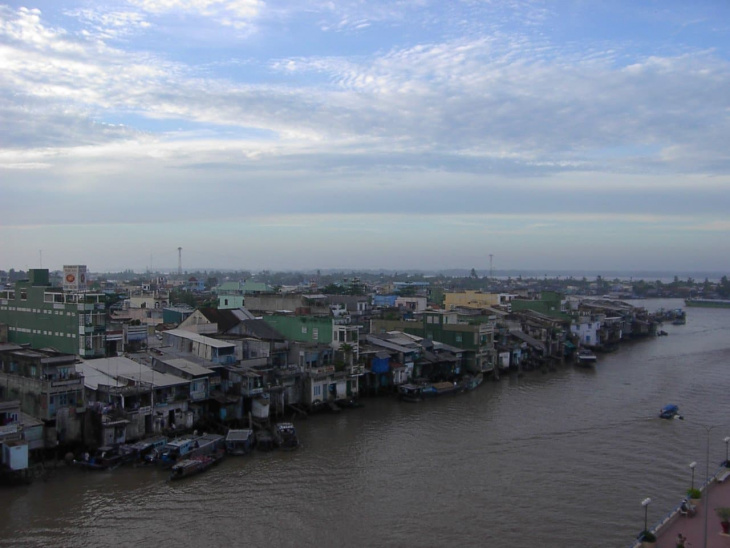
My Tho, Gateway to the Mekong Delta Region, Vietnam. Photo by: Mattvn.
Acting as the provincial capital of the Tien Giang (Tiên Giang) Province, My Tho has a large urban area with many hotels and restaurants. Popular attractions in My Tho include the Vinh Trang (Vĩnh Tràng) Pagoda, Thoi Son Island, and Con Phung Island.
Rach Gia
A coastal city in Southwestern Vietnam and the capital of the Kien Giang (Kiên Giang) Province, Rach Gia isn’t as famous as My Tho, but it is still popular amongst tourists for its transportation services.
With ferries and hydrofoils docked in the local port, tourists will often travel to Rach Gia before continuing their journey to Phu Quoc Island. Although not many stay too long in Rach Gia, the city does have a series of beautiful pagodas and temples that are open to the public.
Phu Quoc Island
Combining luxury resorts with tropical island paradise, Phu Quoc is Vietnam’s answer to Thailand’s Phuket. With much less tourism than some island destinations in Southeast Asia, Phu Quoc is relatively crowd-free and visitors to the island will get a front seat to some of the world’s most beautiful remote beaches.
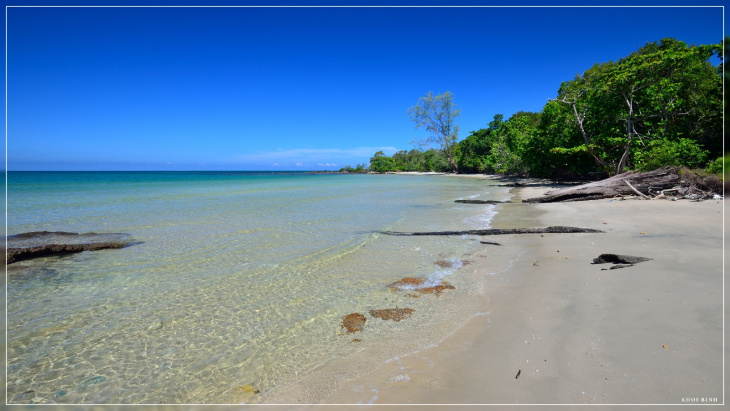
Relax on the beaches of Phu Quoc Island, Mekong Delta Region, Vietnam. Photo by: Binh Huynh.
Although Phu Quoc is the main island in the area, there are actually 28 islands that sit just off the coast of Cambodia and Vietnam. Not all are open to visitors, but a few undeveloped spots are open for day tourists and beach hoppers. Both well-developed and wild, Phu Quoc Island has about a 50/50 ratio between tourist infrastructure and protected natural habitats.
Ben Tre
A quieter city that doesn’t attract many tourists, Ben Tre is located just south of My Tho and is more laid-back than its famous northerly neighbor. In Ben Tre, the biggest attractions are Con Phung Island, the Night Market, and Vien Minh Pagoda. Travelers who enjoy a more leisurely pace will be charmed by Ben Tre’s warm hospitality and rich history.
Main Attractions
Drawing 47 million national and foreign tourists in 2019, the Mekong Delta Region enchants visitors with a variety of attractions. From its unique floating markets and wetland habitats to its religious sanctuaries and pristine beaches, travelers should be sure to visit the Tram Chim National Park, Cai Rang Floating Market, Thoi Son Island, Vinh Trang Pagoda, and the Tra Su Mangrove Forest.
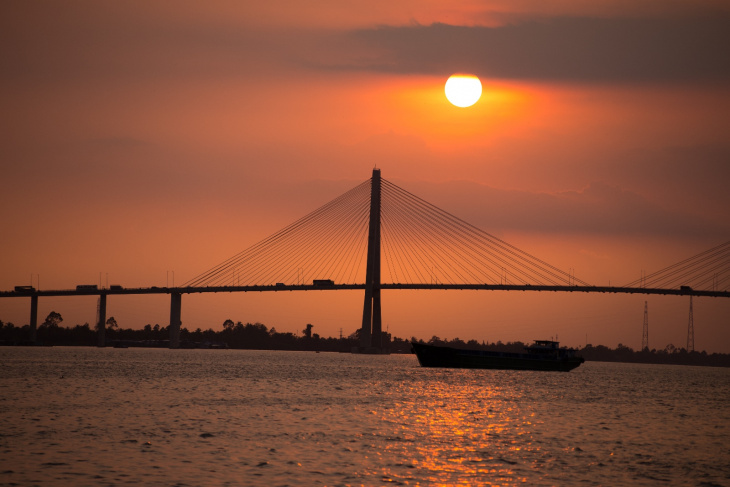
Sunset at the Rach Mieu Bridge, Mekong Delta Region, Vietnam. Photo by: Alex Berger.
Tram Chim National Park
Integrated into the Plain of Reeds wetland area, Tram Chim (Tràm Chim) National Park protects endangered habitats for migratory birds. The most famous specie that uses this national park to nest and raise their young are the sarus cranes.
Tourists visiting the park will have the chance to view the cranes, as well as interact with the local communities. Popular activities at the park include boating, swimming, and birdwatching. The flat and open landscape is easy to navigate and there are many paths that wander through the quiet wetlands.
Cai Rang Floating Market
Floating markets are very common throughout the Mekong Delta Region, but not all have attracted tourists. For tourists, the Cai Rang (Cái Răng) Floating Market is a must-see attraction in the Mekong Delta.
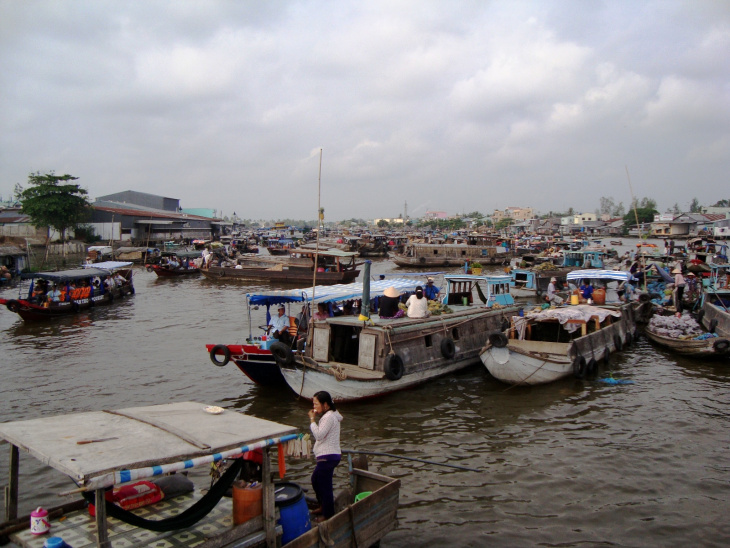
Tour the Cai Rang Floating Market in the Mekong Delta Region, Vietnam. Photo by: Gavin White.
Located about 4 miles (6 kilometers) from Can Tho (Cần Thơ), the market is filled with boats where vendors sell local products like fruit, fish, and handmade goods. Guided tours of the market are very popular as many people flock to Cai Rang to photograph the unique scene. Travelers looking to beat the crowds should head to the market in the early morning hours.
Thoi Son Island
One of the best places to see how fruit is cultivated in the Mekong Delta Region is Thoi Son Island. Renowned for its verdant canals, fruit trees, and honeybees, the island has become a tourist destination for half-day tours. Private boats provide access to the island and once onshore, visitors can dine at the restaurants or stroll through the gardens.
Cai Be Floating Market
Offering the same experience as the Cai Rang Floating Market, Cai Be is almost better because of the smaller crowds. Much less chaotic, visitors won’t have to rush to beat the tourist buses or get lost in a maze of boats. Selling locally sourced or handmade goods, tourists at the floating market will still be able to try the local delicacies or pick up a few souvenirs.
Vinh Trang Pagoda
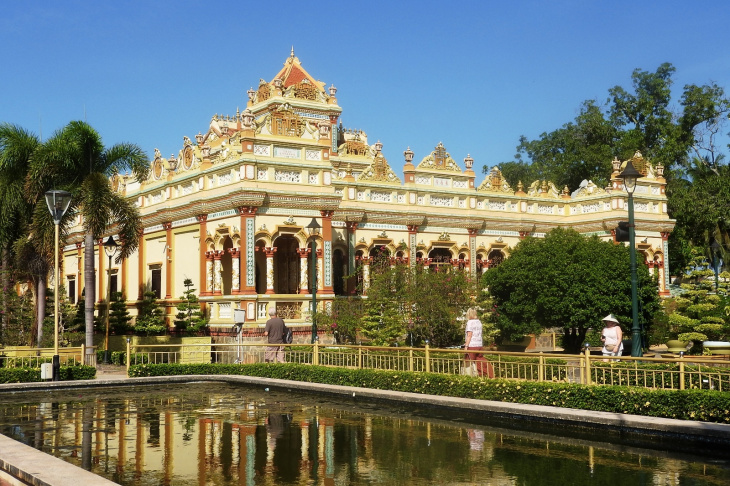
Visit the Vinh Trang Pagoda in My Tho, Mekong Delta Region, Vietnam. Photo by: Harry and Rowena Kennedy.
In My Tho, the Vinh Trang Pagoda is one of the most famous temples in the Mekong Delta Region. Boasting an extravagant and large white Buddha statue, the temple sits on 4.9 acres of beautiful gardens and fruit trees. In addition to the Buddha statue, the pagoda has numerous temples, sculptures, and ponds. Open daily, visitors can take a guide or visit the pagoda solo.
Tra Su Mangrove Forest
An old plantation turned nature reserve, the Tra Su Mangrove Forest is another place where rare bird species thrive amongst the wet habitats. The painted stork is the most famous species in the forest and visitors will have a chance to view the birds by taking a boat tour of the mangroves.
Canoes are the best way to get around as they glide silently along the water, which gives visitors the best chance to get up close to the forest inhabitants.
When to Visit
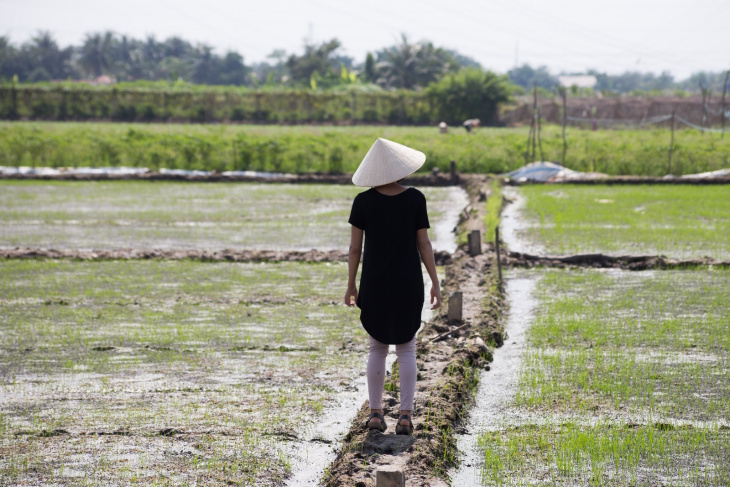
Countryside rice fields in the Mekong Delta Region, Vietnam. Photo by: Alex Berger.
Dominated by low-lying terrain, the Mekong Delta Region changes with the season as water levels rise and recede. The wet season, which lasts from May to November, is the least popular time to visit due to high water levels. With many landscapes completely flooded out and accessible only by boat, tourist activity tends to simmer down during these months.
Additionally, the high temperatures and humidity make this time of year less pleasant for travelers. To avoid the worst of the weather, the best time to visit the Mekong Delta Region is the dry season, which starts in November and lasts until April. With water levels still high but receded enough that tours can operate, the Mekong Delta is much more enjoyable in dry weather.
Details
Address: Southern Vietnam
Season: Year-round
Hours: 24 hours
Đăng bởi: Trần Trường


